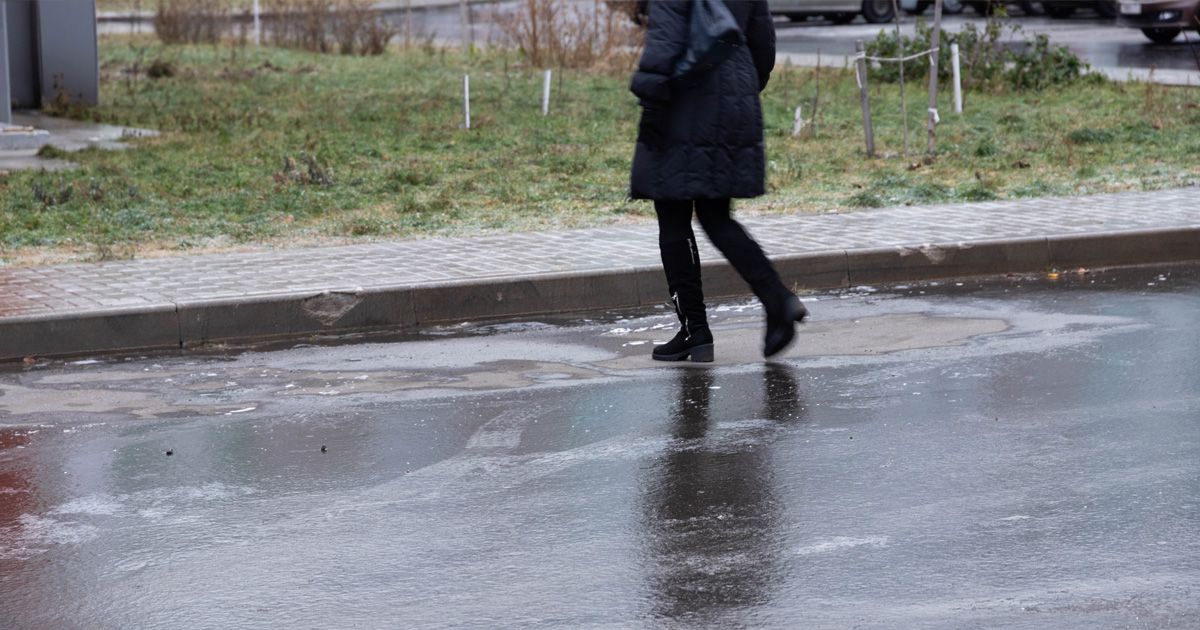Blogs
Motorcycles on Ice in Massachusetts: What’s Actually Safe & What the Law Says
Riding a motorcycle on ice poses significant dangers due to reduced traction, increasing the likelihood of loss of control even for experienced riders. While no motorcycle can be considered completely safe in icy conditions, specific features and equipment may help mitigate some risks, though they cannot eliminate them entirely. Massachusetts law also regulates certain equipment, such as studded tires, to balance safety and road preservation.
Key Statistics on Motorcycle Safety in Massachusetts
- In 2024, there were 71 motorcycle operator fatalities in Massachusetts, an increase from 58 in 2023, highlighting the ongoing risks for riders.
- In 2018, motorcyclist fatalities accounted for 14% of all traffic deaths in the state, underscoring the disproportionate impact on riders compared to other road users.
Safer Features on Slippery Roads
- ABS (Anti-lock Brakes) can reduce the risk of fatal crashes by over 20%, particularly on slick surfaces by preventing wheel lockup during braking.
- Traction Control and Motorcycle Stability Control (MSC) can assist in managing wheel spin and maintaining stability during acceleration, braking, and cornering.
- Models with lower seat heights and balanced weight distribution can offer better control, but tire choice remains the most critical factor in low-traction scenarios.
Tires & Massachusetts Law
- Winter Tires are designed with softer rubber compounds and deeper treads and, provide better grip in cold temperatures below 45°F (7°C).
- Studded Tires are permitted only from November 2 through April 30 to minimize road damage. Use outside this period may result in fines of up to $50. Note that even studded tires only offer marginal improvements on ice and do not make riding safe. Regular all-season tires harden in cold weather, further reducing grip, so seasonal tire swaps are recommended for riders in colder months.
Two Wheels vs. Three
Trikes or motorcycles with sidecars provide additional stability by reducing the chance of tipping over. However, they can still slide uncontrollably on ice, making them only marginally less hazardous than traditional two-wheeled bikes in winter conditions.
What to Do After Hitting Ice
If you encounter ice and experience a crash or near-miss:
- Move to a safe location off the road.
- Document the scene with photos of the ice, road surface, and any signage.
- Record environmental details like temperature, time, and weather conditions.
- Preserve any available footage from dashcams or helmet cameras.
- Gather contact information from witnesses and seek medical attention, keeping all records.
These steps can support any subsequent claims under Massachusetts' comparative negligence framework.
Legal Rights After a Crash
Massachusetts follows a 51% comparative negligence rule. If you’re 50% or less at fault, you can recover damages (reduced by your fault share). If property runoff or neglect caused the icy hazard, a premises liability claim may also apply. Read more about
how to determine if you have a legal claim after a car accident.
Contact Jason Ranallo Law
Were you injured in a winter motorcycle crash? Contact Jason Ranallo Law for a free case review. We know the law and represent riders across Massachusetts and fight to protect your rights after an accident.
FAQ for Motorcycles on Ice Safety
Which motorcycles are safest on ice?
None. Focus on ABS, traction control, and proper tires during winter months.
Are studded tires legal all year?
No. They’re only legal Nov 2–Apr 30 in Massachusetts.
Do ABS and traction control work on black ice?
They help but can’t overcome zero traction.
Can I recover damages if I crash on ice?
Yes, if you are 50% or less at fault.









